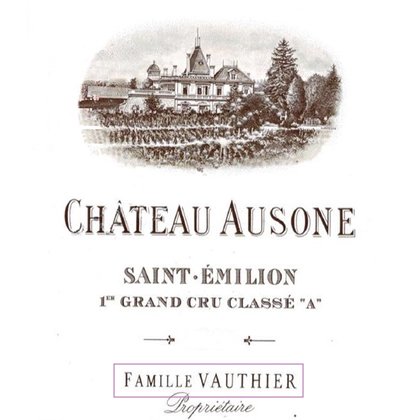What’s Your Wine Label Telling You?
If you’re just getting into it, wine shopping can be a daunting task. With aisles upon aisles lined with bottles adorned with intricate labels and unfamiliar terminology, it's easy to feel overwhelmed and unsure where to start. But like any good Swiftie, I am here to help you crack these easter eggs and find meaning in this seemingly complex source of information.
With a little guidance, you can decipher the information on the label and make informed choices that suit your taste and budget. Here is what to look out for:
The Variety: This refers to the type of grape (or grapes) used to make the wine. So, if you have a preference for certain grape varieties, such as Chardonnay or Pinot Noir, this will help narrow down your choices.
2. Appellation: This is a regulated designation that indicates the quality and origin of the wine. To understand this we have to understand that the wine world is divided into two - the old-world regions (inside the EU) and the new-world regions (outside the EU). Sometimes winemakers from the old world - to keep us on our toes - prefer to mention the region where the grape was grown instead of the name of the grape itself.
This is because in these regions there are usually very strict rules about which grape you can grow where, and it should be obvious to the buyer what he is getting into. Now now, I know it’s getting ridiculous, but to be fair winemaking in the old world has always nurtured localized traditions - just like chai lore changes every 100 kilometers, so does wine lore. Do these things always make sense? No. But they do make life more interesting.
There are 15 countries that have appellation regulations and each country has its own labelling system to decipher them. But here are some basic examples to get help you understand this concept better:
A. Pessac-Léognan - An appellation in Bordeaux, France, housing some of the oldest wineries of the popular wine region. Most likely to be a Merlot-Cabernet Sauvignon blend.
B. Pauillac - An appellation within the Haut-Médoc, also in Bordeaux, France. Most likely to be a Cabernet Sauvignon.
C. Brunello Di Montalcino - An appellation in Tuscany, Italy. Known for producing some of the highest quality wine with the Sangiovese grape.
Other commonly found appellations include:
Chianti - Grape: Sangiovese | Country: Italy
Rioja - Grape: Mostly Tempranillo, sometimes Garnacha | Country: Spain
Beaujolais - Grape: Gamay | Country: France
3. Region: I know what you are thinking - didn’t we just discuss this? But regions can be broader, less complicated terms on the label that tell you where the grapes were grown. This could be as vague as the name of the entire region or as specific as the name of the Chateau or vineyard where the grapes were grown.
Different regions produce grapes with distinct characteristics due to variations in climate, soil, and viticultural practices. For example, Cabernet Sauvignon from Napa Valley in California will taste significantly different from Cabernet Sauvignon from Bordeaux in France. And as you try more and more varieties you will learn how to differentiate the taste and find your favourites. Usually, the more specific the location gets, the better the wine quality gets.
Here’s a hot tip - look out for terms like Gran Cru, Gran Cru Classé, Premier Cru, and Reserva. These are super specific areas within wine regions that make superior quality wines.
4. Vintage: This one’s fairly straightforward. The year the grapes were harvested. However, sometimes the wines are Non-Vintage (a blend of multiple vintages), but these are usually considered to be lower quality.
5. Producer’s Name: This is the name of the brand, winery, or winemaker who produced the wine.
6. Sweetness: While not always explicitly stated, some wine labels may provide clues about the wine's sweetness level. Terms like "dry" or “Brut” (not sweet at all) "off-dry" or “Demi Sec” (kinda sweet) or "sweet" can give you an idea of the wine's sugar content.
7. Alcohol by Volume (ABV): This tells you the alcohol content in the wine. Low-alcohol wines have an ABV below 11% and high-alcohol wines have an ABV above 14%. This can help you gauge the strength of the wine and choose what works for you.
Occasionally labels will also include information about the flavour profile of the wine, serving suggestions and pairing suggestions.
With a little bit of curiosity, patience and (hopefully) my tips you’ll be able to better understand what your wine labels are trying to tell you and find the ones that work best for you. Happy Wine Shopping!





















